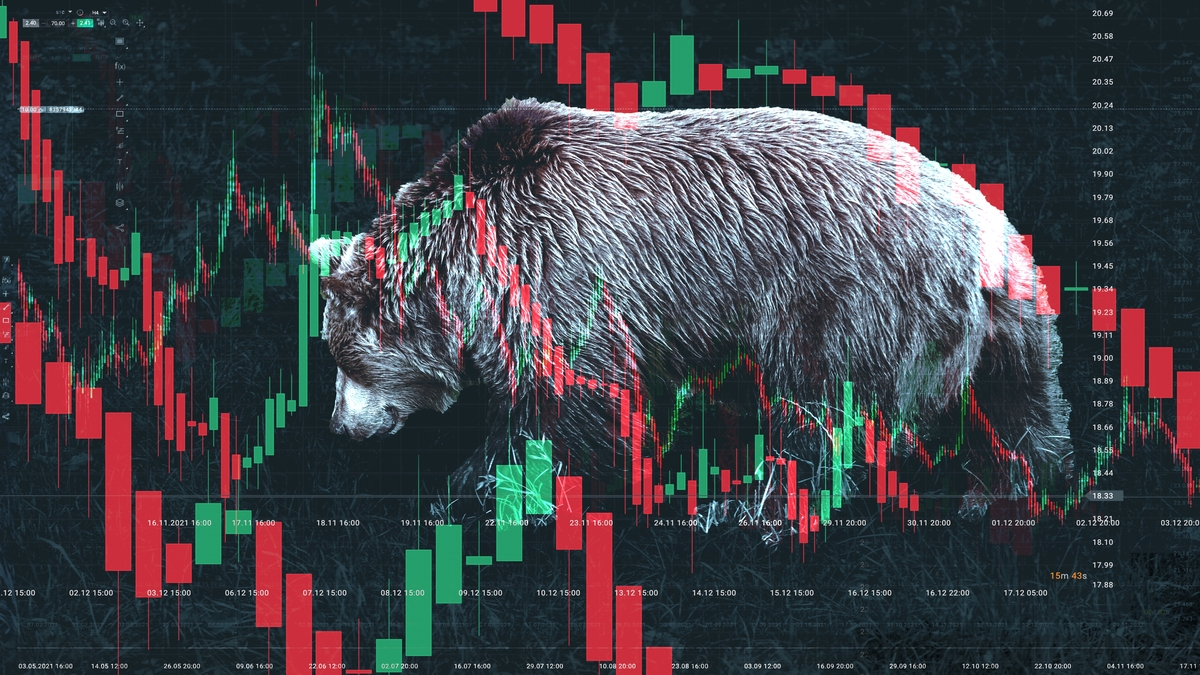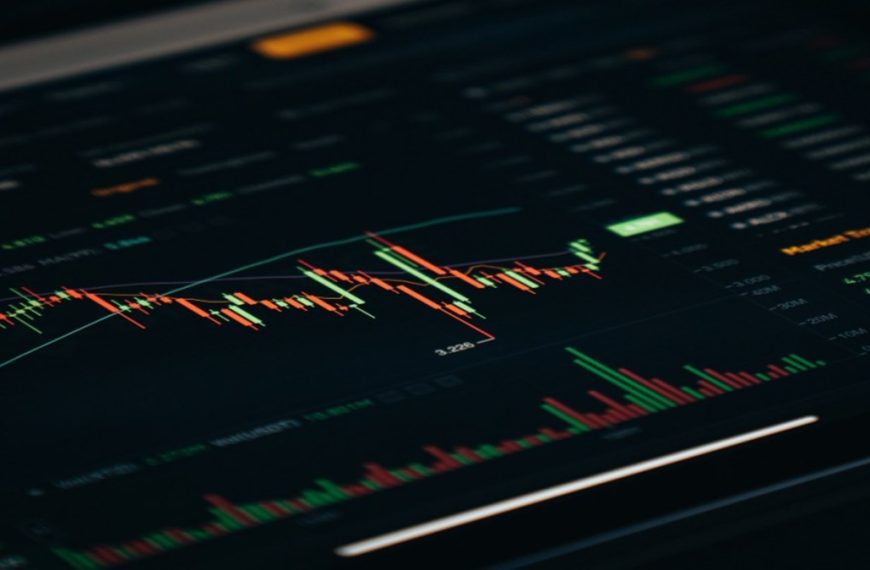As the market gears up for a potentially tumultuous trading session, investors are watching closely. Recent tensions between India and Pakistan have led to heightened volatility, with the GIFT Nifty suggesting further fluctuations in the near future. While domestic institutional investors (DIIs) were net sellers on May 8, foreign institutional investors (FIIs) showed a contrasting trend as net buyers. The focus now shifts to updates from the border as market participants remain cautious yet aware of long-term implications.
The Need for Caution in Trading
Shrikant Chouhan, the Head of Equity Research at Kotak Securities, emphasized the importance of a cautious approach amid rising geopolitical tensions. He stated that, “Increased border hostilities coupled with weak global indicators have impacted both the markets and the Indian rupee. Investors should remain vigilant, avoid aggressive trading strategies, and prioritize fundamentally sound stocks that exhibit limited exposure to geopolitical upheaval. Defensive sectors and established large-cap companies may provide greater stability during this period.”
Market Sentiment and Volatility
According to Akshay Chinchalkar, Head of Research at Axis Securities, the late-day sell-off in the Nifty serves as a clear sign of market unease regarding the escalating India-Pakistan conflict. The India VIX surged by 10%, marking its seventh consecutive increase, indicating that investors are actively seeking portfolio protection. This selling pressure has momentarily pushed the Nifty below the 24,200 mark, reflecting a short-term setback.
Crude Oil Prices and Market Dynamics
The trajectory of crude oil prices remains a critical influencer in today’s trading landscape. After experiencing a rise exceeding 3%, crude prices have stabilized as investors await discussions between the U.S. and China concerning trade negotiations over the weekend. On May 10, U.S. Treasury Secretary Scott Bessent is scheduled to meet China’s Vice Premier He Lifeng in Switzerland to address ongoing trade disputes that could impact crude oil consumption. Additionally, a recent announcement from U.S. President Donald Trump and British Prime Minister Keir Starmer revealed an agreement to reduce tariffs on U.S. imports from 5.1% to 1.8%, while maintaining a 10% tariff on most other goods. Furthermore, the OPEC+ alliance is contemplating an increase in oil output, which could further influence price stability.
Focus on RBI Rate Decisions
Attention is also directed toward the RBI’s interest rate outlook. Economists predict that the Reserve Bank of India may implement a 50 basis points cut by the end of this fiscal year. Many experts believe that the RBI will continue to pursue policies aimed at boosting consumption and ensuring liquidity remains at favorable levels.
In summary, as market participants navigate through these uncertain waters, a cautious and strategic approach appears essential. Keeping an eye on geopolitical developments, crude oil trends, and monetary policy decisions will be key to making informed trading choices in the days ahead.











